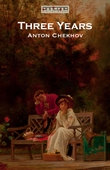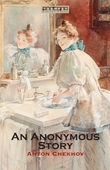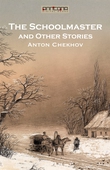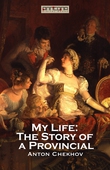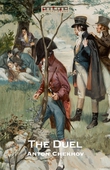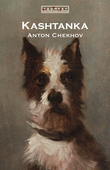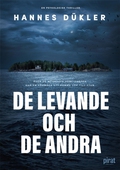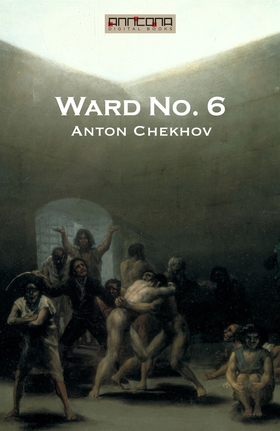
Lägg till önskelistan
Ward No. 6 e-bok
Pris
19 kr
Ward No. 6 by Anton Chekhov is a novella first published in 1892.
The line between sanity and insanity is blurred in this classic novella by Anton Chekhov.
The disillusioned idealist Dr. Rabin is in charge of a provincial lunatic asylum, overseeing with weary, dubious policies a motley group of patients, a group that mirrors in microcosm all of human and especially Russian society.
Seeking answers to profound questions, Dr. Rabin enters into dialogues with both staff members and patients, ...
E-Bok
19 kr
Pris
Ljudbok
65 kr
Pris
Förlag
Anncona Media
Utgiven
27 December 2015
Genrer
Noveller, Romaner, Skönlitteratur
Språk
English
Format
epub
Kopieringsskydd
Vattenmärkt
ISBN
9789176056110
Ward No. 6 by Anton Chekhov is a novella first published in 1892.
The line between sanity and insanity is blurred in this classic novella by Anton Chekhov.
The disillusioned idealist Dr. Rabin is in charge of a provincial lunatic asylum, overseeing with weary, dubious policies a motley group of patients, a group that mirrors in microcosm all of human and especially Russian society.
Seeking answers to profound questions, Dr. Rabin enters into dialogues with both staff members and patients, trying to make sense out of what has become of his life, until it becomes less and less clear who is the doctor and who is the patient.
Written with obvious reformist concerns about the dehumanization of "lunatics," the story is also a harrowing parable about the meaning of human existence.
Anton Pavlovich Chekhov (1860-1904) was a Russian physician, dramatist and author who is considered to be among the greatest writers of short stories in history. His career as a dramatist produced four classics and his best short stories are held in high esteem by writers and critics.
Chekhov had at first written stories only for financial gain, but as his artistic ambition grew, he made formal innovations which have influenced the evolution of the modern short story. His originality consists in an early use of the stream-of-consciousness technique, later adopted by James Joyce and other modernists, combined with a disavowal of the moral finality of traditional story structure. He made no apologies for the difficulties this posed to readers, insisting that the role of an artist was to ask questions, not to answer them.

